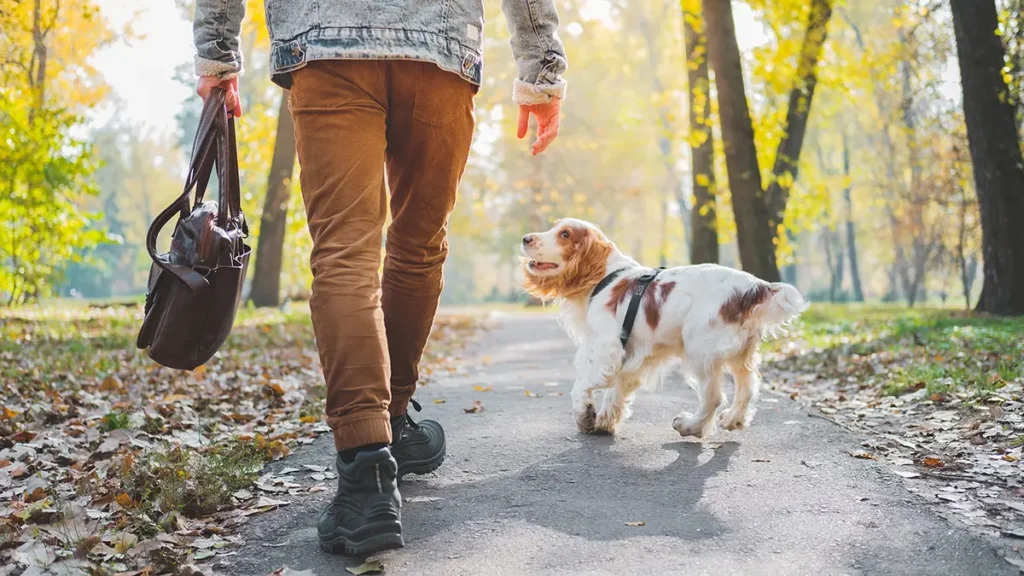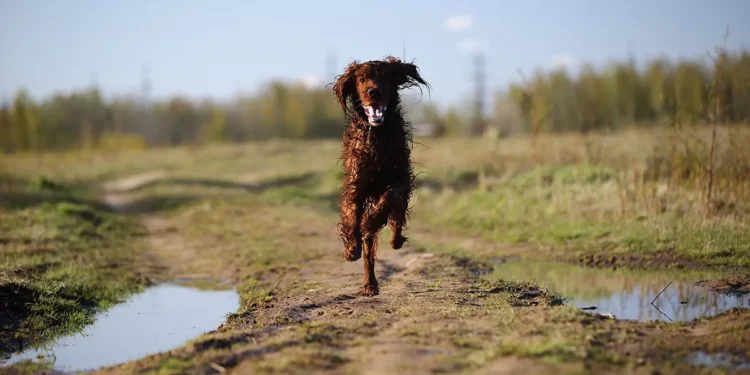Bound into the new year with New Walks and a walking regime to suit you and your four-legged friend.
The new year is beckoning, which can only mean one thing: festive fatigue, regrets of overindulgence and a promise to try harder in the coming months. And you are not alone, because if you’ve been letting your own fitness slide, there’s a good chance your dog will have been putting his paws up too.
The good news, is that walking is fantastic for you and your furry pal. Just half an hour a day can reap enormous rewards in the long run. Just be careful not to overdo it, particularly if you or your dog has been taking it a little too easy for an extended period of time (see our guide below for regaining fitness), or is a breed that doesn’t suit long treks.
Generally, most dogs benefit from at least 30 minutes to two hours of exercise per day. Here’s a breakdown:
Small breeds (e.g., Pugs, Chihuahuas): 20–30 minutes of walking daily, along with playtime.
Medium breeds (e.g., Beagles, Cocker Spaniels): 1–1.5 hours of walking, possibly split into two sessions.
Large breeds (e.g., Labradors, Golden Retrievers): 1–2 hours of walking per day, including higher-intensity activities like running.
High-energy breeds (e.g., Border Collies, Huskies): These dogs may require up to 2 hours or more, including mental stimulation activities.
Building up walking for an unfit dog should be done gradually to avoid overexertion and injury. Here’s a step-by-step approach:
Start slow
Begin with short, slow walks, around 10–15 minutes once or twice a day. Monitor how your dog responds to the exercise.

Gradual increase
Increase the duration by 5–10 minutes every few days if your dog seems comfortable. You can also add a second walk later in the day to spread out the exercise.
Pace yourself
Keep the pace slow initially, allowing your dog to set a comfortable rhythm. Over time, you can increase this slightly.
Rest and hydrate
Ensure your dog gets plenty of rest between walks and has access to water, especially in warmer weather.
Monitor for signs of fatigue
Look for heavy panting, lagging behind or limping as signs that your dog may be tired or overworked. If this happens, reduce the intensity or length of walks.
Consult your vet
Especially for dogs that are significantly overweight or have health issues, consult a veterinarian before starting any exercise program. They can provide tailored advice and may recommend a weight-loss plan alongside the walking regimen.







